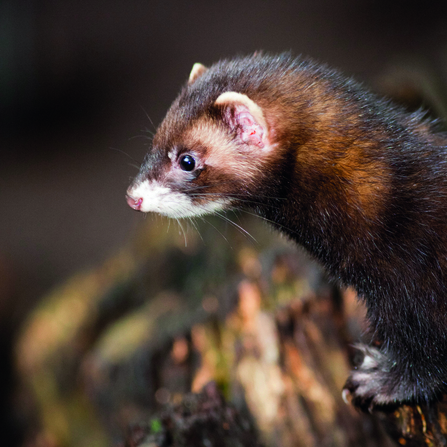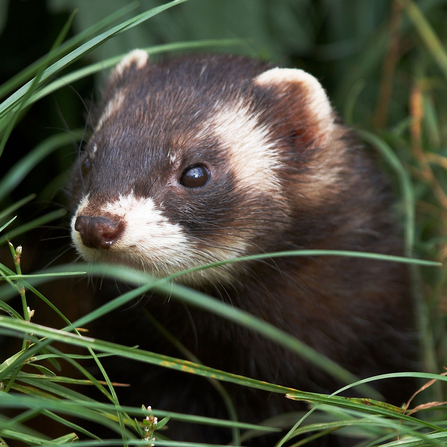Polecats, a species once on the brink of extinction in England, have now returned to Suffolk. Due to historical persecution, polecats experienced a significant decline across Britain and by the early 20th century had become restricted to Wales and the Welsh borders.
A subsequent slow expansion from the 1950s was aided by limited legal protection and steadily increasing numbers of their rabbit prey, after their population crash due to myxomatosis.


